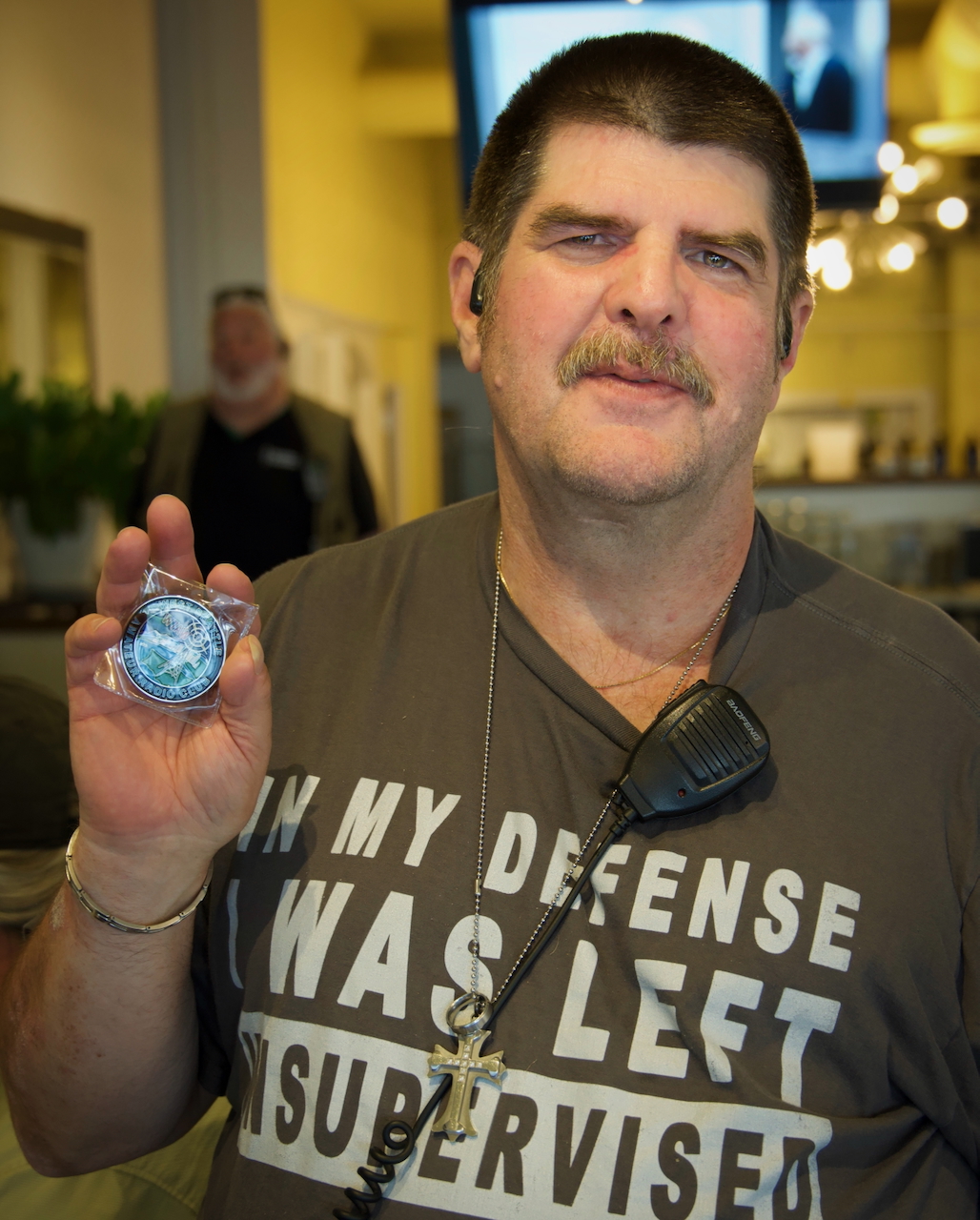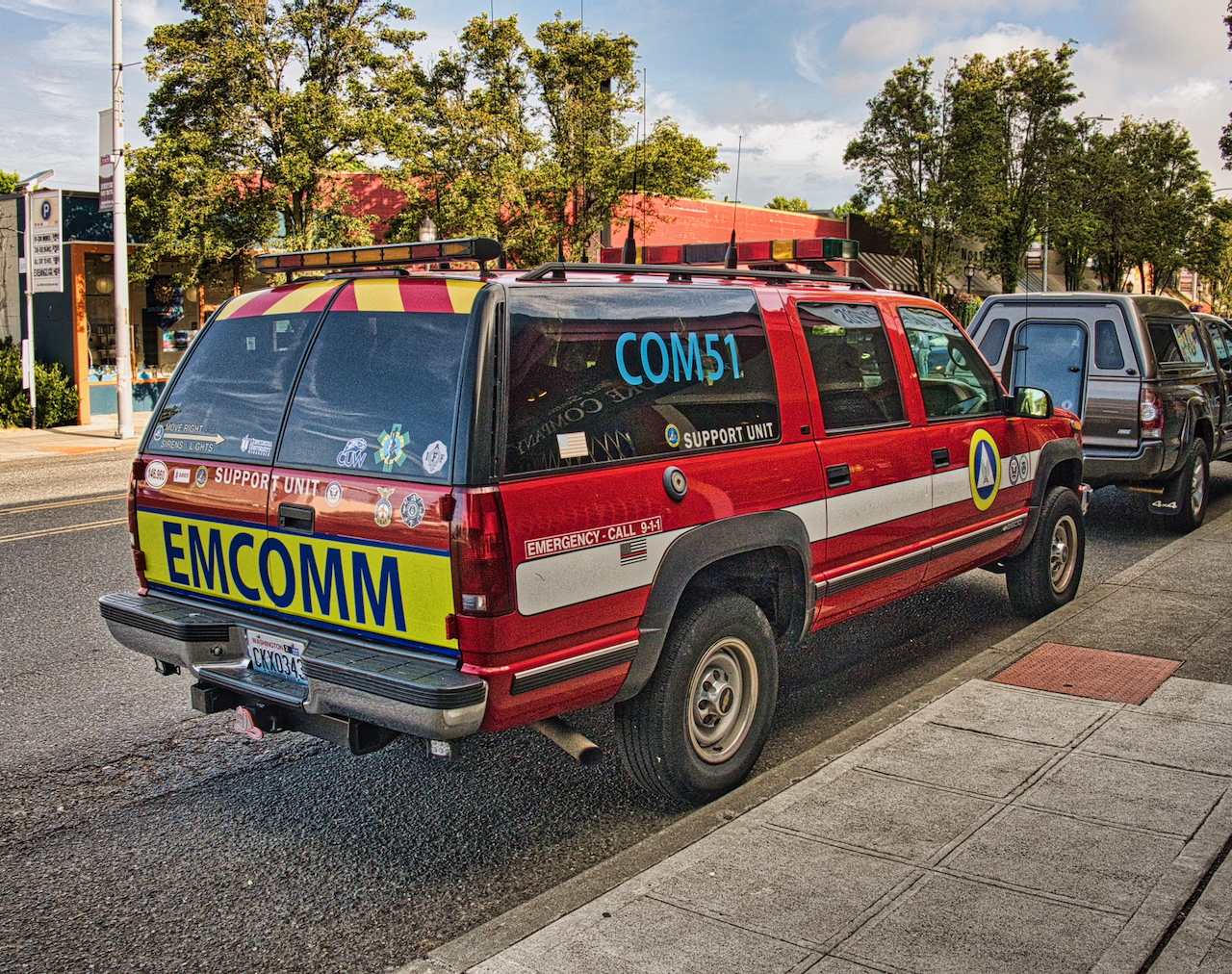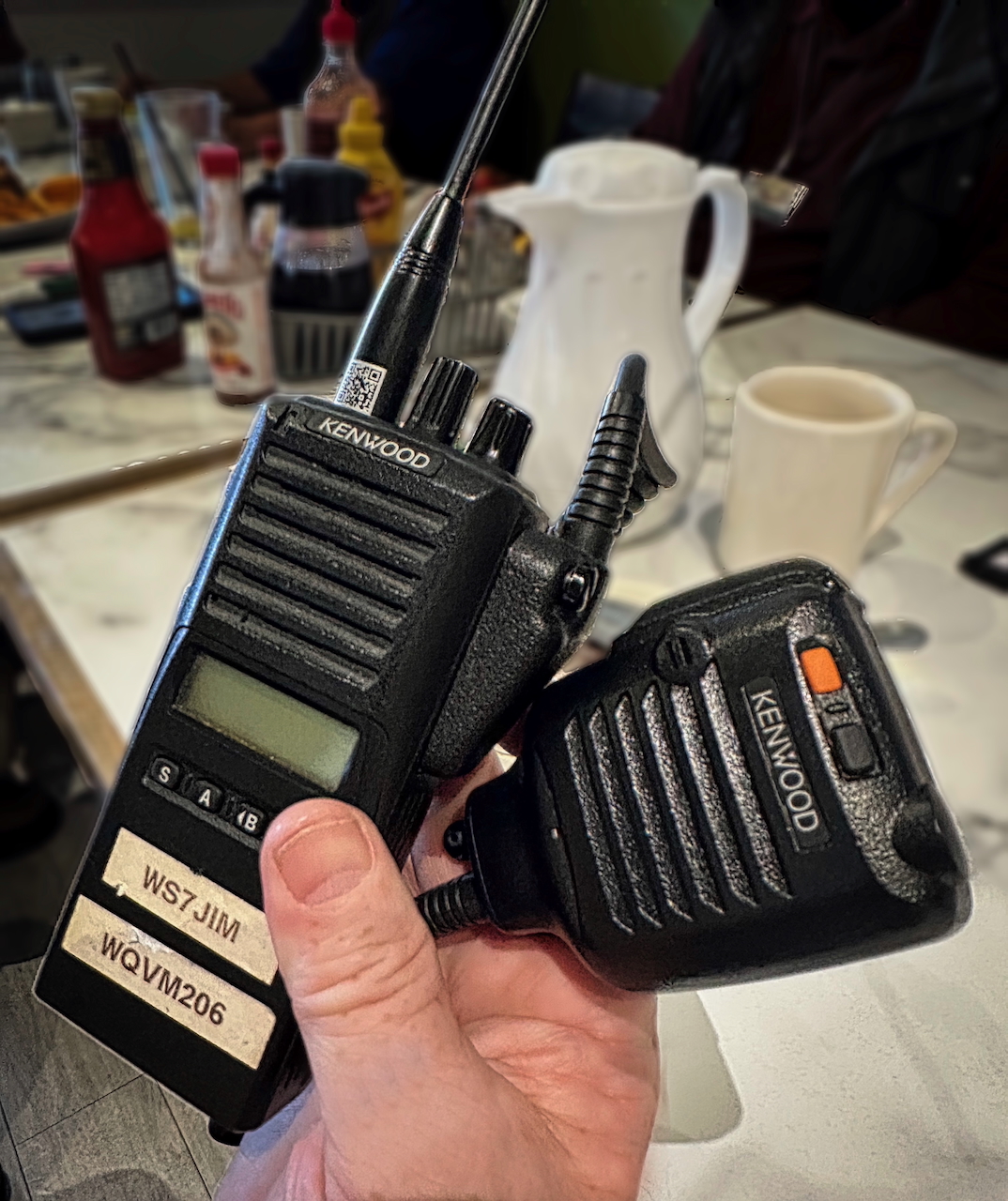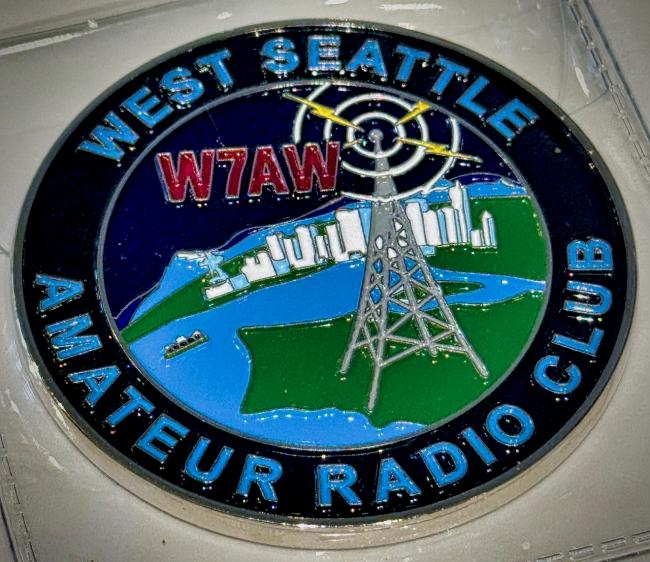West Seattle Amateur Radio Club: More than a hobby, A lifeline in disguise
A cloisonné "challenge" coin made for the West Seattle Amateur Radio Club from a design by Jim Edwards. The club is both a social organization and serves as a vital communications service in the event of an emergency.
Photo by Patrick Robinson
Sat, 07/05/2025
The West Seattle Amateur Radio Club (WSARC) is often perceived as a social gathering for enthusiasts, and indeed, fostering a social atmosphere is its main focus. Yet, beneath the camaraderie and shared fascination with radio, lies a highly organized and vital emergency function ready to activate at a moment's notice. This venerable club, with a history spanning at least 77 years (and in reality, even longer), is comprised of 89 regular members and seven associate members, each contributing unique skills to a collective that understands the critical role of reliable communication, especially when all else fails. They operate HAM radios.
Ham radio, also known as amateur radio, is a fascinating blend of technology, community, and public service. It allows licensed individuals to communicate over radio frequencies for non-commercial purposes, often across vast distances and even into space .
It is a hobby and service that uses designated radio frequencies for personal communication, experimentation, and emergency response. Operators can talk via voice, Morse code, or digital modes without relying on the internet or cell networks.
It’s used for everything from chatting with fellow enthusiasts to assisting during natural disasters when other systems fail.
The origin of the term “HAM” is a bit of folklore mixed with history:
-
Early 1900s: Professional telegraph operators used “ham” as a derogatory term for amateur operators who were seen as clumsy or unskilled or “ham-fisted,” as they said.
-
Harvard Radio Club Theory: One popular story claims the name came from the initials of three early amateur operators—Hyman, Almy, and Murray—whose station call sign was “HAM”.
-
Over time, amateur operators embraced the term, turning it into a badge of pride rather than insult.
A Community Forged by Frequencies
The club thrives on a spirit of mutual learning, with "Elmer's" – experienced members – sharing their expertise on everything from setting up radios to antennas and various functions. This social aspect is a key reason ham radio continues to be popular even in the age of the internet, as it provides a platform for hands-on learning and collaboration. WSARC is not isolated from modern technology; its radios can connect to the internet for worldwide communication, and Western Washington even boasts a highly developed Wi-Fi system specifically for ham operators, functioning as their own dedicated internet service.
West Seattle according to Bill Thomassen, who is a Mobile Digital Literacy Coach and club member, boasts 586 operators.
Aspiring operators don't need to navigate complex licensing procedures alone. The club self-regulates, conducting all the necessary training before the FCC issues licenses. They offer training sessions a couple of times a year, and notably, about half of their members are volunteer examiners capable of administering these trainings. Getting into the hobby can be quite accessible, with initial radio costs starting as low as $35 or $200 for a quality radio, depending on the desired level of commitment, far less than the multi-thousand dollar investments sometimes assumed. Unlike Citizens Band (CB) radio, which is unlicensed and lacks repeater capability, ham radio requires a license to operate on its bands.
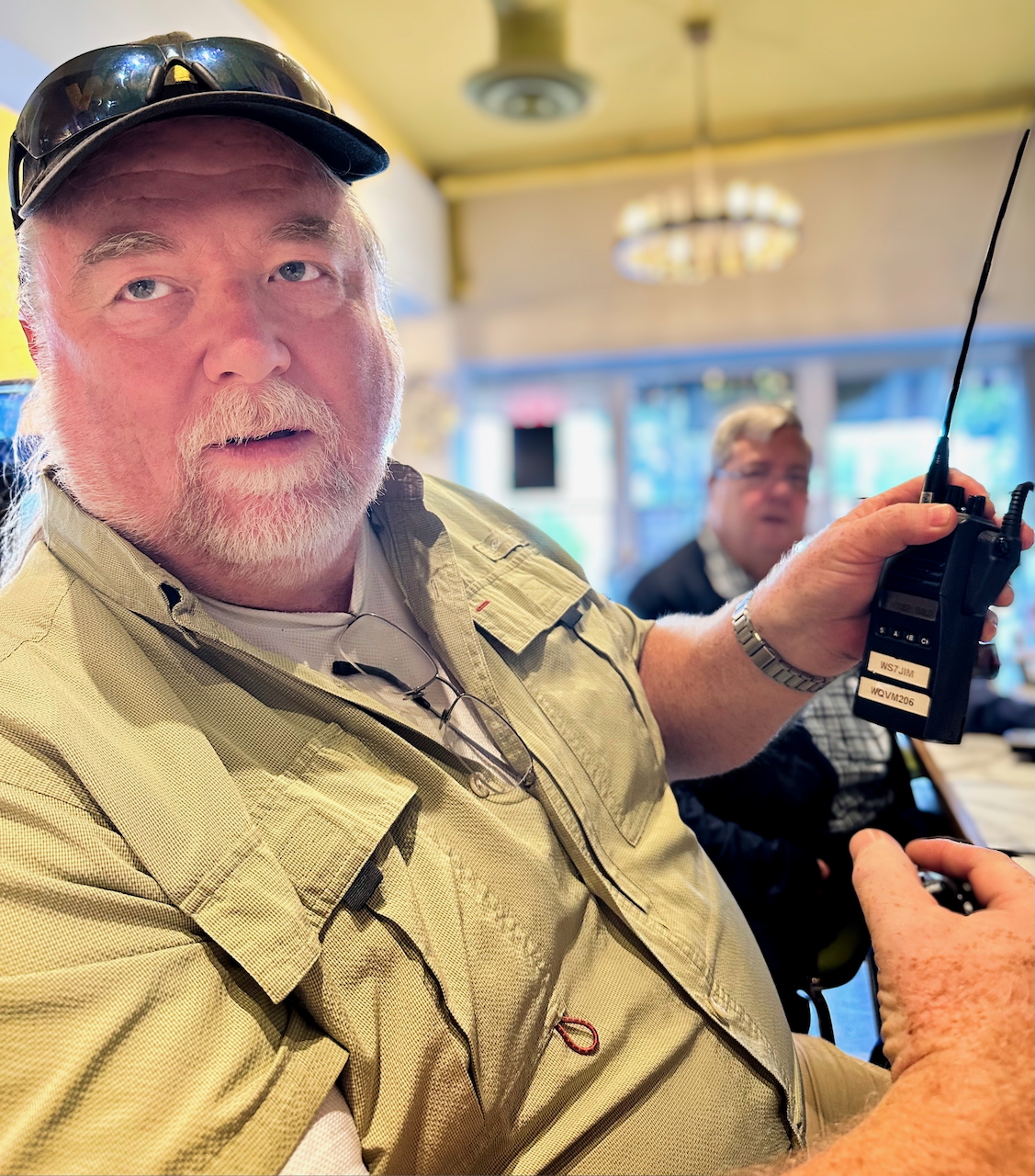
Beyond their internal community building, the club actively engages with the wider West Seattle area. Jim Edwards, explained that they play a significant support role for the West Seattle Grand Parade, coordinating operations along the 12-block route. Edwards, who focuses on safety and communications for the event said that this involves a team of at least 12 operators plus a net control, practicing on a data network and even experimenting with video feeds and unit tracking using Meshtastic (which, while not ham radio itself, is incorporated into their network).
Edwards said, "AREDN Mesh and the Meshtastic project are experimental this year. Eventually the AREDN Mesh should provide a communications network for non licensed individuals in the form of a desk phone for our 3 public address stands on the parade route. And Meshtastic will provide a graphical display of units physically on the parade route, such as motorcycles preceding and following the 5K runners, and other key units in the parade itself."
Operators are typically on the route well in advance, starting at 9:00 AM for an 11:00 AM parade start. During such events, all radio operators generally communicate on their club repeater's frequency, creating a "party line" where everyone is aware of ongoing situations. They also maintain separate frequencies for parade assembly and tactical operations, and can remotely adjust repeater connections if technical issues arise.
The club is also deeply connected to the broader amateur radio community through the American Radio Relay League (ARRL), which provides nationwide support for radio interests, especially in interactions with Congress and the FCC.
As technology changes, the members keep up, often exchanging information about the latest gear. They don't anticipate that AI will have that much impact on ham radio or the people who are part of it since the tools themselves are people driven.
As of mid-2025, there are approximately 743,000 licensed amateur radio operators with more than 33,000 in Washington State.
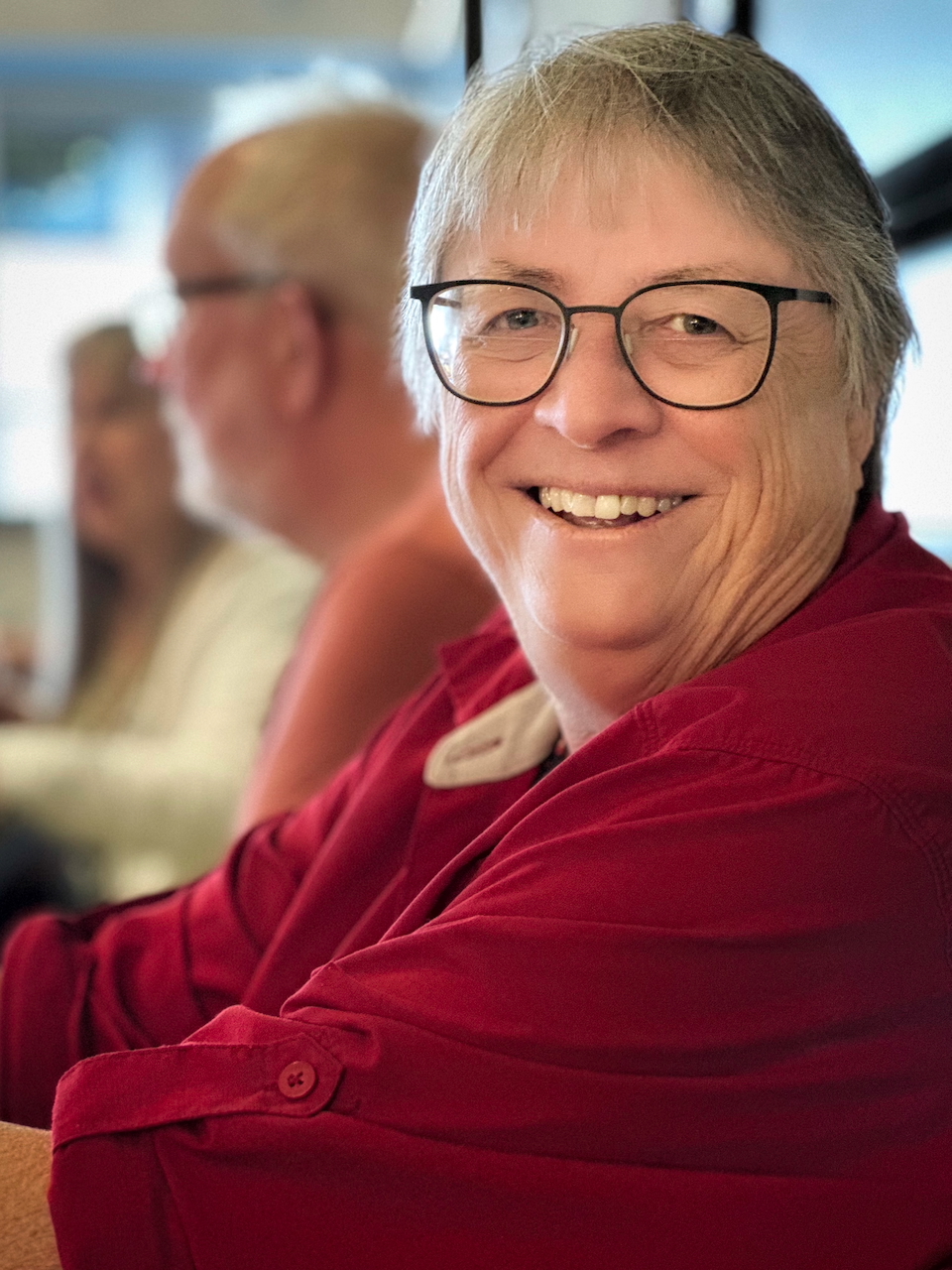
Ready for the Unthinkable: The Emergency Response Role
The true core of the West Seattle Amateur Radio Club's invaluable service lies in its readiness for emergencies. Cindi Barker who is part of Seattle Emergency Communication Hubs said that their paramount function is to "stand up when all communications is down," whether due to an earthquake, power grid failure, or any other catastrophic event that renders conventional communication methods (like the internet) inoperable. In such scenarios, when people are desperate for information and guidance, the club steps in to provide a critical lifeline. To see more you can find your nearest hub using the Emergency NeighborLink Map
• Local Neighborhood Support: Without internet access, the club can help neighbors assist each other directly within their local areas. This could involve, for instance, connecting those needing shelter with available facilities like local churches.
• City-Wide Communication & Information Sharing: The city is intelligently divided into sectors, with a network of five repeaters across Southwest Seattle allowing for seamless communication between different areas. This robust system enables members to share vital information such as the status of critical infrastructure ("Is the bridge still up? Are cars going across it?") or the operational status of hospitals ("Are the hospitals in Seattle open? Did they survive?"). This direct, real-time information exchange can guide people to safer routes or alternative medical facilities in other areas, like "the hospital in Burien," if Seattle's are compromised.
• Coordination with Authorities: Even during routine events like parades, the club demonstrates its emergency coordination capabilities. If an incident occurs on the parade route, from a medical emergency to a security threat, the first response is to alert a police officer. The designated net control, who tracks every operator's location on a magnetic map, can then provide the police with the approximate location of the problem, ensuring a swift and informed response.
• Addressing Critical Gaps: The need for such a service is underscored by realities like the Seattle Fire Department having only approximately 200 personnel on duty at any given time, many of whom live outside the city and may face challenges getting in during a major disaster. In such an event, the amateur radio club's ability to maintain communication and facilitate information flow among citizens and with initial responders becomes absolutely vital, filling a crucial gap that conventional services might struggle to cover.
The West Seattle Amateur Radio Club is far more than a recreational group; it is a prepared and dedicated community asset, equipped with the skills and infrastructure to provide absolutely vital communication services when society needs it most.
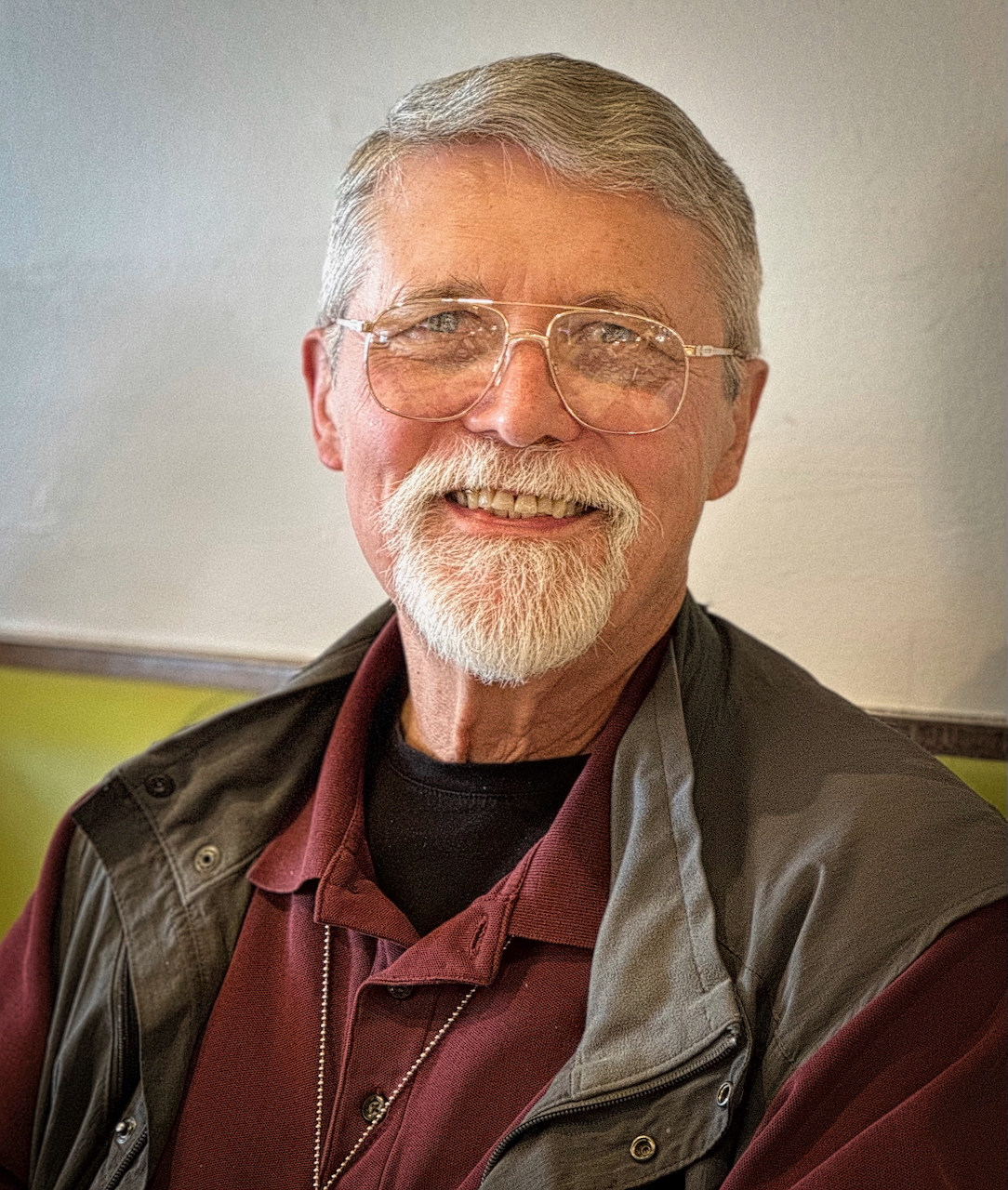
The club is multi-generational and new members have joined recently. If you'd like to know more or join the club visit their website at https://www.w7aw.org where you can reach out to the club and express your interest in joining and receiving training.
